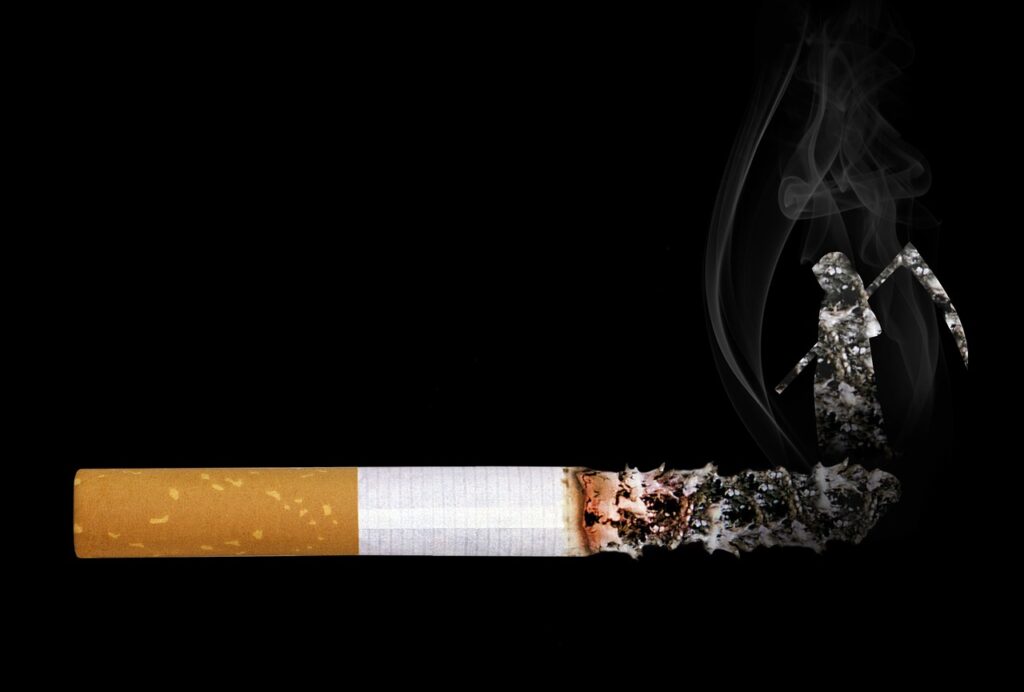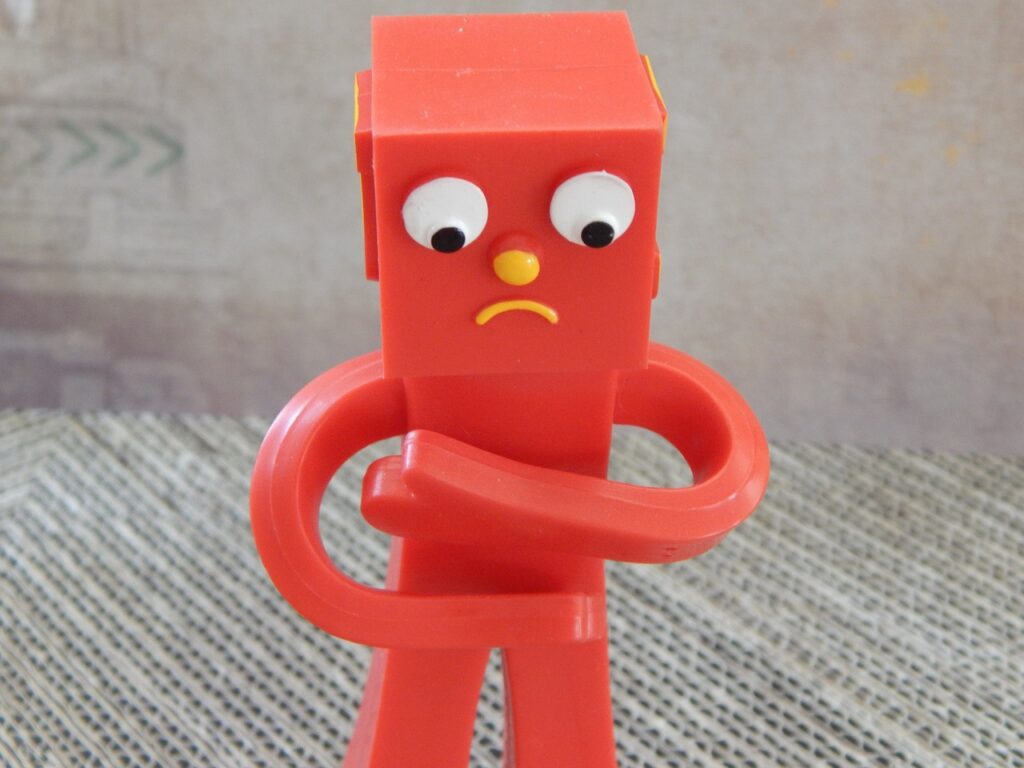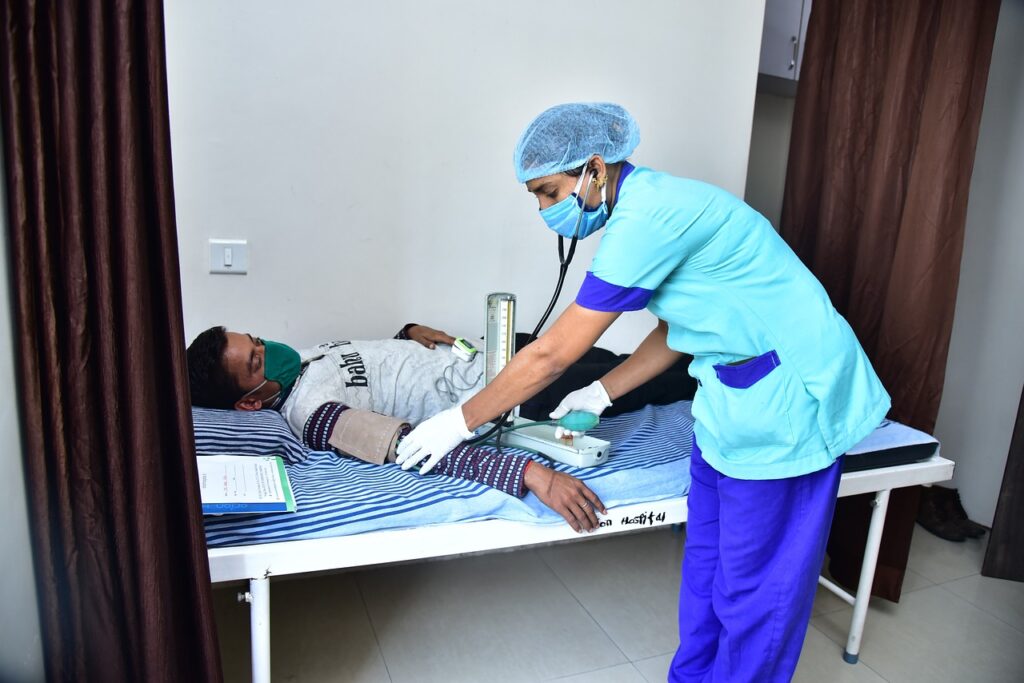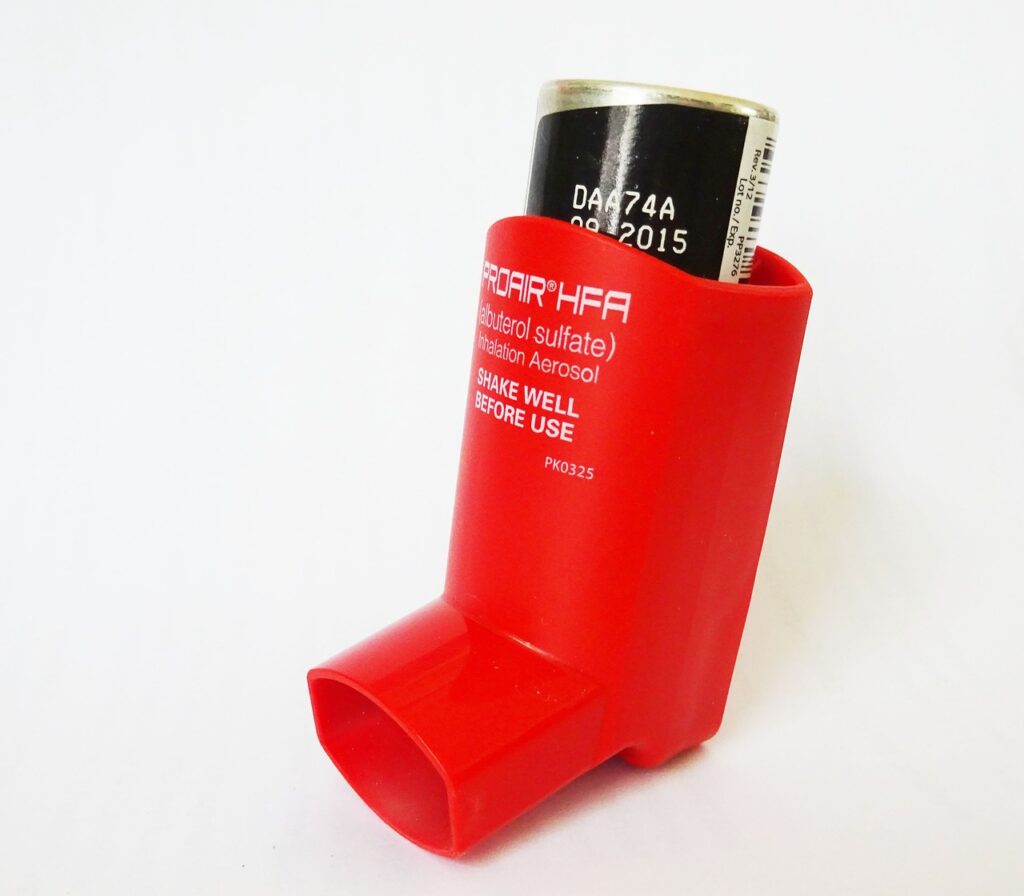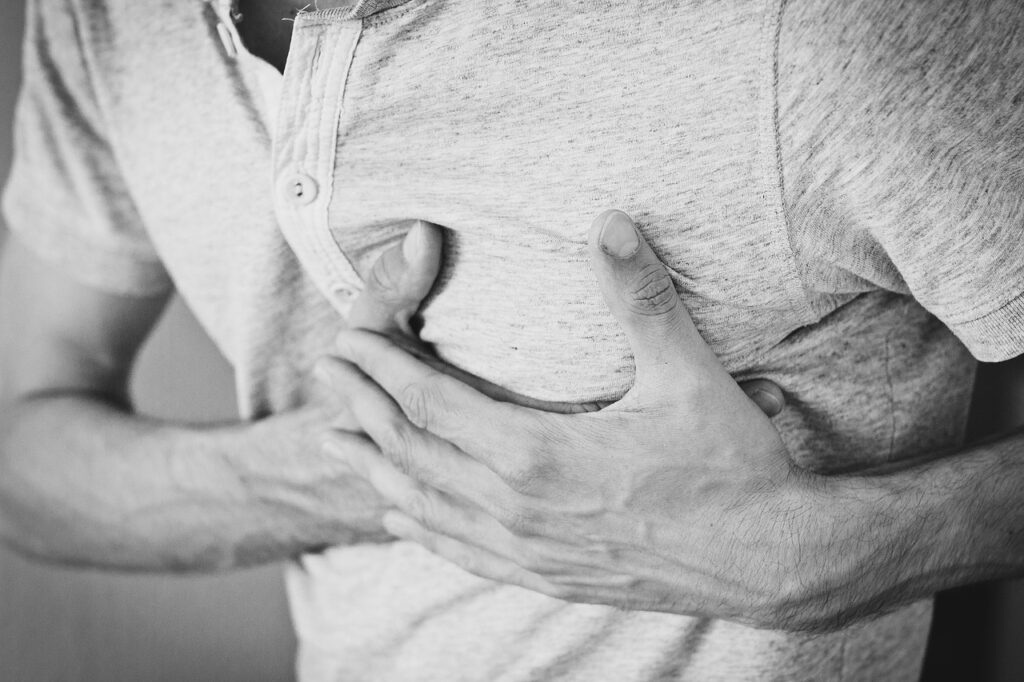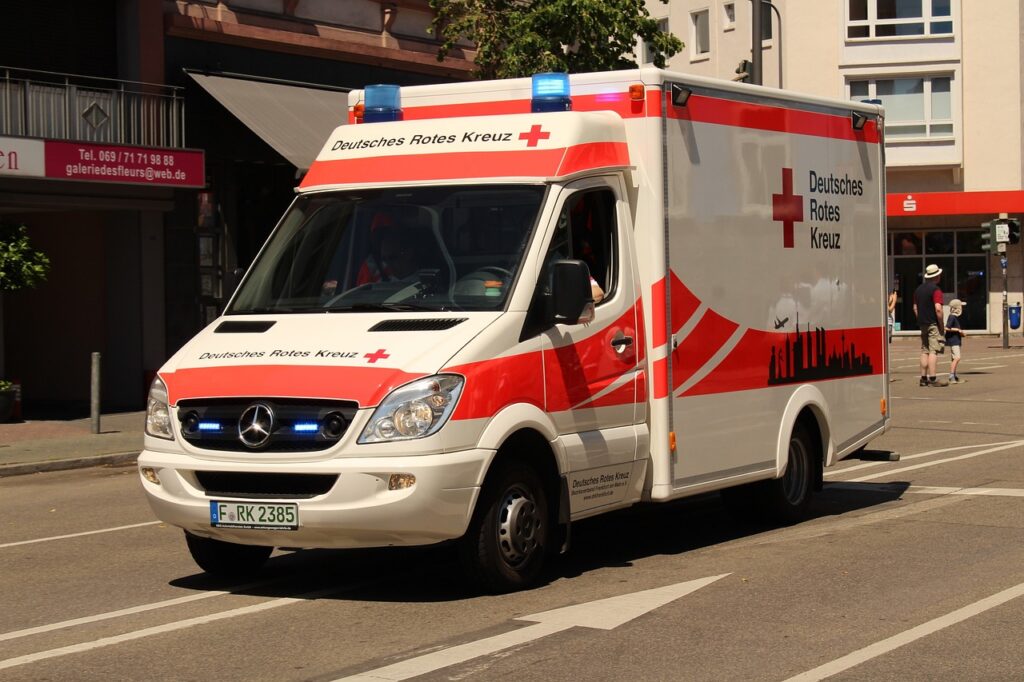A Group of Diseases
Chronic obstructive pulmonary disease, or COPD. Also, refers to a group of diseases that cause airflow blockage and breathing-related problems. And includes emphysema and chronic bronchitis. Hence, COPD makes breathing difficult for the 16 million Americans who have this disease. However, millions more people suffer from COPD, but have not been diagnosed and are not being treated. Although there is no cure for COPD, it can be treated.
Types of COPD

COPD is an umbrella term used when you have one or more of these conditions:
Emphysema. This results from damage to your lungs’ air sacs (alveoli) that destroys the walls inside them. And causes them to merge into one giant air sac. So then, it can’t absorb oxygen as well, so you get less oxygen in your blood. But damaged alveoli can make your lungs stretch out and lose their springiness. In addition, air gets trapped in your lungs and you can’t breathe it out, so you feel short of breath.
Chronic bronchitis. If you have coughing, shortness of breath, and mucus that lingers. Here, for at least 3 months or 2 years in a row, you have chronic bronchitis. Consequently, hair-like fibres called cilia line your bronchial tubes and help move mucus out. However, when you have chronic bronchitis, you lose your cilia. This makes it harder to get rid of mucus, which makes you cough more, which creates more mucus.
Refractory asthma. As a result, this type may also be called nonreversible. It doesn’t respond to normal asthma medications.
COPD Causes and Risk Factors
Long-term exposure to things that irritate your lungs is the most common cause. For example, in the U.S. that’s cigarette, pipe, or other types of tobacco smoke. But if you hang around other smokers and breathe a lot of secondhand smoke, that can play a role, too. Here, your odds also go up if you smoke and have asthma. In short, if you smoke and have COPD, it tends to get worse faster. Therefore, you might also develop this condition if you’ve been exposed to things. Such as dust, air pollution, or certain chemicals for long periods of time.
Your age can make COPD more likely. Because it develops slowly over the years, so most people are at least 40 when symptoms begin. By the way, it’s rare, but your genes could put you at risk for COPD. Especially, if you lack a protein called alpha-1 antitrypsin (AAT), you may be more likely to get it.
What Are the Symptoms?
At first, you might not have any symptoms. But as the disease gets worse, you might notice these common signs of COPD:
- A cough that doesn’t go away
- Coughing up lots of mucus
- Shortness of breath, especially when you’re physically active
- Wheezing or squeaking when you breathe
- Tightness in your chest
- Frequent colds or flu
- Blue fingernails
- Low energy
- Losing weight without trying (in later stages)
- Swollen ankles, feet, or legs
COPD Diagnosis and Tests
To begin with, your doctor will ask about your symptoms, also your medical history. And whether you smoke or have been exposed to chemicals, dust, or smoke at work. Usually, they’ll also do a physical exam and breathing tests. Importantly, Let them know if you have an ongoing cough.
The most common test is called spirometry. Here, you’ll breathe into a large, flexible tube that’s connected to a machine called a spirometer. Consequently, it’ll measure how much air your lungs can hold and how fast you can blow air out of them.
Furthermore, your doctor may order other tests to rule out other lung problems, such as asthma or heart failure. These might include:
- More lung function tests
- Chest X-rays can help rule out emphysema, other lung problems, or heart failure.
- CT scan, which uses several X-rays to create a detailed picture of your lungs and can tell the doctor if you need surgery or if you have lung cancer
- Arterial blood gas test, which measures how well your lungs are bringing in oxygen and taking out carbon dioxide
- Laboratory tests to determine the cause of your symptoms or rule out other conditions, like the genetic disorder alpha-1-antitrypsin (AAT) deficiency
What Are the Treatments for COPD?
Generally, there’s no cure, so the goal of treatment is to ease your symptoms and slow the disease. In this case, your doctor will also want to prevent or treat complications and improve your overall quality of life.
Besides, one of the best things you can do to stop your COPD from getting worse is to stop smoking. Talk to your doctor about different things you can try.
Medical treatment
Your plan may include:
- Bronchodilators. You inhale these medicines. They help open your airways.
- Corticosteroids. These drugs reduce airway inflammation. You could inhale them or take them as pills.
- Combination inhalers. These inhalers pair steroids with a bronchodilator.
- Antibiotics. Your doctor might prescribe these to fight bacterial infections.
- Roflumilast(Daliresp). This drug stops an enzyme called PDE4. Also, it prevents flare-ups in people whose COPD is linked to chronic bronchitis.
- Flu or pneumonia vaccines. These vaccines lower your risk for respiratory illnesses, including COVID-19.
- Pulmonary rehabilitation. This program includes exercise, disease management, and counselling to help you stay as healthy and active as possible.
- Oxygen therapy. You may need this to reduce shortness of breath, protect your organs, and enhance your quality of life.
Surgery
In severe cases of COPD, your doctor may suggest:
- Bullectomy. Removes bullae, large air spaces that form when air sacs collapse
- Lung volume reduction surgery. Removes diseased lung tissue
- Lung transplant. Replaces a diseased lung with a healthy one
Complications of COPD
COPD can cause many other health problems, like:
- Respiratory infections. COPD can raise your chances of getting colds, the flu, and pneumonia. Therefore they make it harder for you to breathe and could cause more lung damage. Together, a yearly flu shot and vaccinations against pneumonia can help.
- Heart problems. Doctors aren’t sure why, but COPD can raise your risk of heart disease, including heart attack. In short, quitting smoking may lower the odds.
- Lung cancer. People with COPD are more likely to get lung cancer. Quitting smoking can help.
- High blood pressure in lung arteries. COPD may raise blood pressure in the arteries that bring blood to your lungs. Your doctor will call this pulmonary hypertension.
- Depression. Trouble breathing can stop you from doing things you like. And living with a chronic illness can lead to depression. Here, your doctor can help if you feel sad, helpless, or think that you may be depressed.
Living With COPD
Incidentally, though there’s no cure, there are things you can do to stay healthy and ease your symptoms. Try taking these steps to enhance your quality of life:
- If you smoke, stop.
- Avoid smoke, fumes, dust, and air pollution as much as you can.
- Take your medications as directed.
- Get regular checkups.
- Do breathing exercises.
- Walk or do other light exercises several times a week.
- Eat a healthy diet.
- Try controlled coughing, lots of water, and using a humidifier to help clear your lungs.
- Get emotional support through counselling or a support group.
Control Your Flares
Thus, there may be times when your symptoms get worse for days or weeks. By the way, you might notice you’re coughing more with more mucus, or you have more trouble breathing. But your doctor will call this an acute exacerbation. If you don’t treat it, it could lead to lung failure.
Medications, like antibiotics or steroids, can help, and so can oxygen treatments. You might need to go to the hospital. When you’re better, your doctor will tell you how to prevent flares:
- Quit smoking.
- Take inhaled steroids, long-acting bronchodilators, or other medications.
- Get yearly flu and pneumonia vaccines.
- Avoid air pollution when you can.
Track Your COPD Diet and Treatments
You can improve your life with COPD by taking part in the management of your condition. One way to help your doctor is to monitor your COPD symptoms, diet and exercise daily.
Keeping a daily written log may help you recognize a COPD exacerbation when it begins. With a log, you’re more likely to notice when COPD symptoms suddenly get worse. This may allow you to seek medical treatment early, when it’s most effective, and might keep you from having to go to the hospital.
It is also important to follow a healthy, balanced diet to prevent being overweight, which can make shortness of breath worse, or underweight, which is linked to a poorer outcome. Your doctor or a nutritionist can suggest healthy food choices for you.
Use your log to track these things each day:
- Symptoms, such as cough, shortness of breath, increase in mucus, and fatigue
- Medications and dosages
- Diet
- Exercise and other physical activity
When To Call the Emergency number
Get medical help right away if any of these things happen:
- You have severe shortness of breath.
- You can’t walk or talk.
- Your heart beats very fast or has an uneven beat.
- Your lips or fingernails turn blue.
- You breathe fast and hard, even when taking medicines.
In Conclusion
COPD is a serious group of diseases that affects many but with just as many more undiagnosed. So if you have any of the symptoms see your doctor. COPD develops and progresses over long periods of time, catching it early is the best way to deal with it and produces the best outcomes.
Important Note *
Remember that everyone is different, it is ultimately YOUR RESPONSIBILITY to find what your body responds to. So please do your due diligence before trying anything new, including getting Medical Advice to ensure your safety and peace of mind.
Connect with me and leave a comment or two on my social media.

